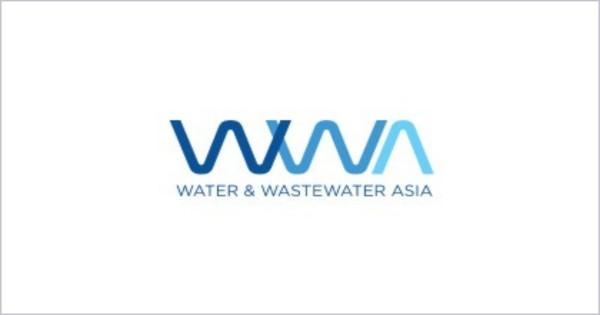Introduction to Industry
Palm oil, a widely utilized vegetable oil, holds a dominant position in global vegetable oil production, accounting for approximately 30% of the total output. Its versatile applications span across various industries, including food processing, cosmetics, and biofuels. Nevertheless, the production of palm oil gives rise to a significant environmental challenge through the generation of large volumes of wastewater, commonly referred to as palm oil mill effluent (POME). The discharge of POME into nearby water bodies has become a primary concern in numerous palm oil-producing countries. The abundant nature of POME within every oil palm factory exacerbates the issue, leading to challenges in its disposal. The direct release of POME onto the land brings about detrimental effects such as soil clogging, waterlogging, and immediate vegetation destruction upon contact. Similarly, the discharge of POME into waterways contributes to water depletion and triggers aquatic pollution, further exacerbating the environmental consequences. Addressing the management of POME is vital to mitigate its adverse impacts and ensure sustainable palm oil production.
Overall, POME is a complex mixture of organic and inorganic compounds, including high levels of COD, BOD, oil and grease, suspended solids, and various pollutants such as nitrogen, phosphorus, and potassium. The discharge of POME into water bodies can lead to serious environmental problems, including the contamination of surface and groundwater, soil erosion, and the loss of biodiversity.






